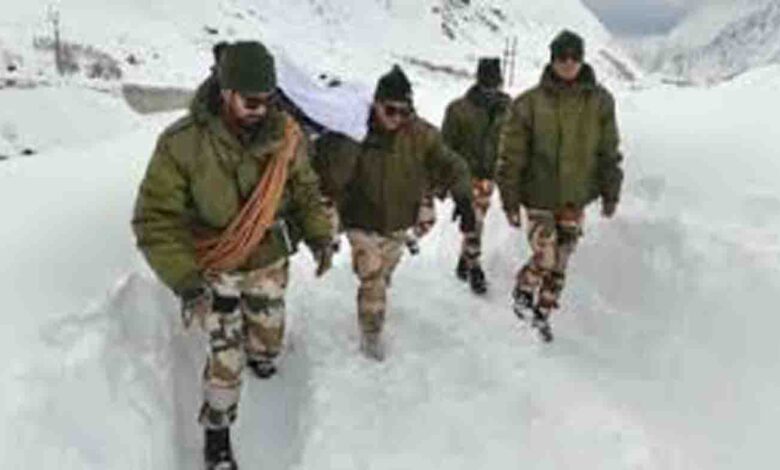Importance of correct timing for construction work in higher altitudes

GUEST COLUMN
 VP Dimri
VP Dimri
The world witnessed the Mana avalanche which trapped 54 road widening workers killing eight workers without any warning on February 8 earlier this year. The Mana village is in Chamoli district and is the last village bordering Tibet now renamed as the ‘First Village’ once you enter from Tibet. It is situated at an altitude of 3,200 metres from mean sea level (10, 500 feet) and about three kilometres from the Badrinath temple. It is known for the clear skies and clear air.
Due to heavy snow cover in the vicinity of the area, it is closed for about six months which coincides with the opening and closing of Badrinath temple. The residents of the area generally stay there in summer and with the advent of winter, return to the lower altitude villages like Chhinaka near Chamoli town and Naiguard near Gopeshwar which is also the district headquarter of Chamoli. The residents of this region used to do business with Tibet. They used to take jaggery, sugar and other items brought from Rishikesh, Kotdwar and in return from Tibet bring like rock salt and herbal medicines, among other products. The transport of goods is taken care of by the goats, horses and other domesticated animals.
This was true with all higher altitude villages like Niti village situated at an altitude of 3,600 metres about 80 kilometres from Jyotirmath in Chamoli District. It is also the last village boarding Tibet and here also the residents used to do business with Tibet in summer and return to the lower altitude villages like residents of Mana village in the winter. These two villages were very far away from the main stream of Garhwal region of Himalaya and there is one saying; ‘Kaha Niti, Kaha Mana, ek Shyam Singh Patwari ne Kaha Kaha Jana’ ie how one government official like patwari can visit these unnoticeable and unapproachable villages?
There can be many reasons why residents of Mana and Niti villages did not stay in their villages during winter. One obvious reason is heavy snowfall which prevents any physical movement. The other reason is the closing of agriculture activities. The region is good for millet production. In fact, the prasad of lord Shiva in Badrinath is produced by Ramdana, a variety of millet grown in Mana village. The Ramdana is locally known as chuwa grown around Mana region and is very costly since it is also used as an Ayurvedic medicine. This was one main source of income of the people of Mana village. The other type of millet that is grown is finger millet with high nutritive value.
Fortunately, the region is protected by any natural disaster as also in the case of the Badrinath temple. In the past, the big avalanches did damage the whole town of Badrinath except for the main temple and its surroundings. The ancestors had chosen the location of the temple at a site comparatively safe from any natural disaster. Similarly, Mana village is known for being safe from big natural disasters. This time on February 28, there was a big avalanche about 550 metres away from the village. There was widening of a road commonly known as Rishikesh-
Mana road for the defense purpose being constructed by Border Roads Organisation. Generally, avalanches in this area normally happen in February and March. Intelligent village people are aware of the history of avalanches and used to vacate the village. This is the wisdom of the villagers of Mana which government officials were ignoring since a long time.
So, it is advisable that such construction work in the higher altitude regions for the defense purposes should be avoided in winter particularly in the months of February and March.
(A Padma Shri recipient, the author is an eminent scientist who has worked in various institutions. Views expressed are personal)






